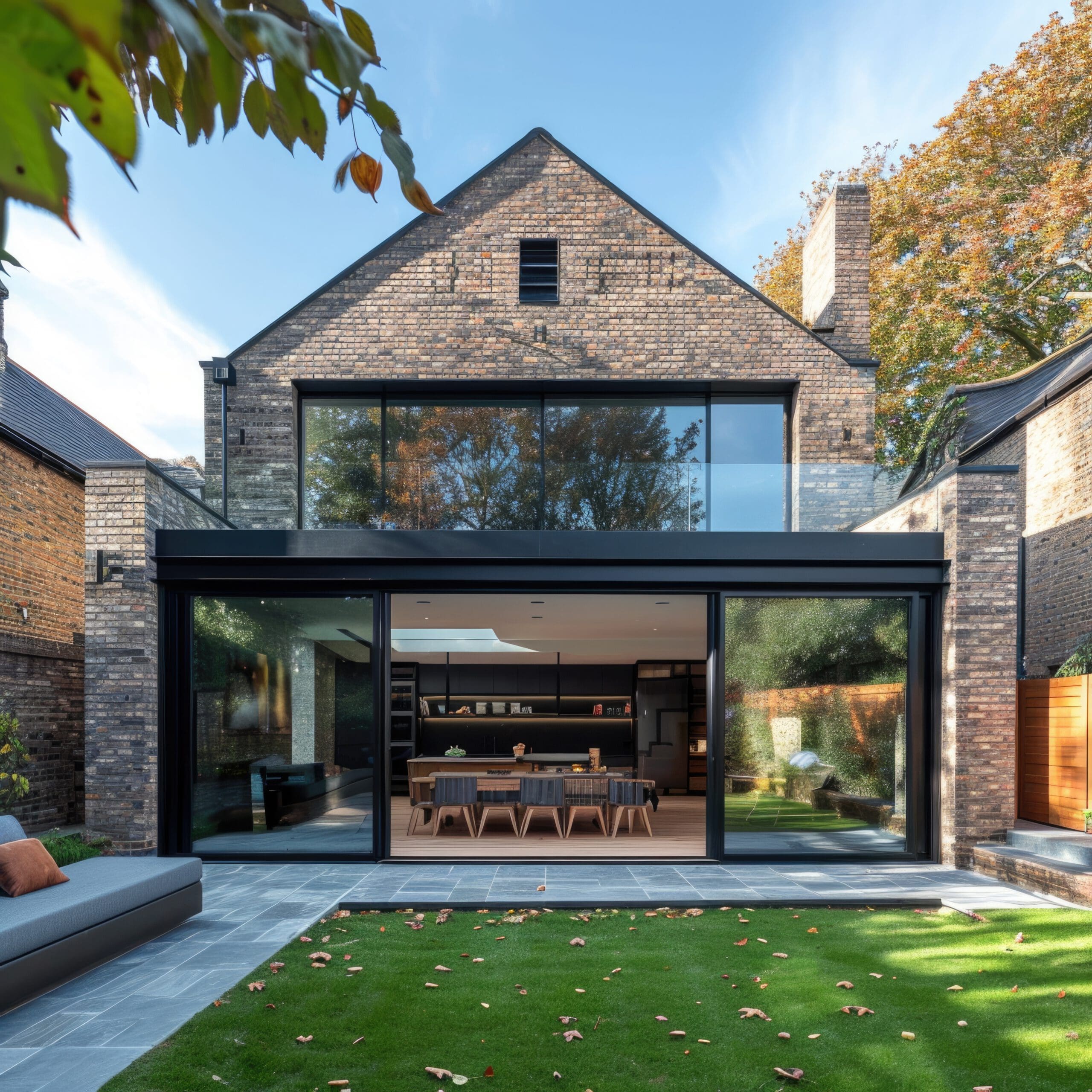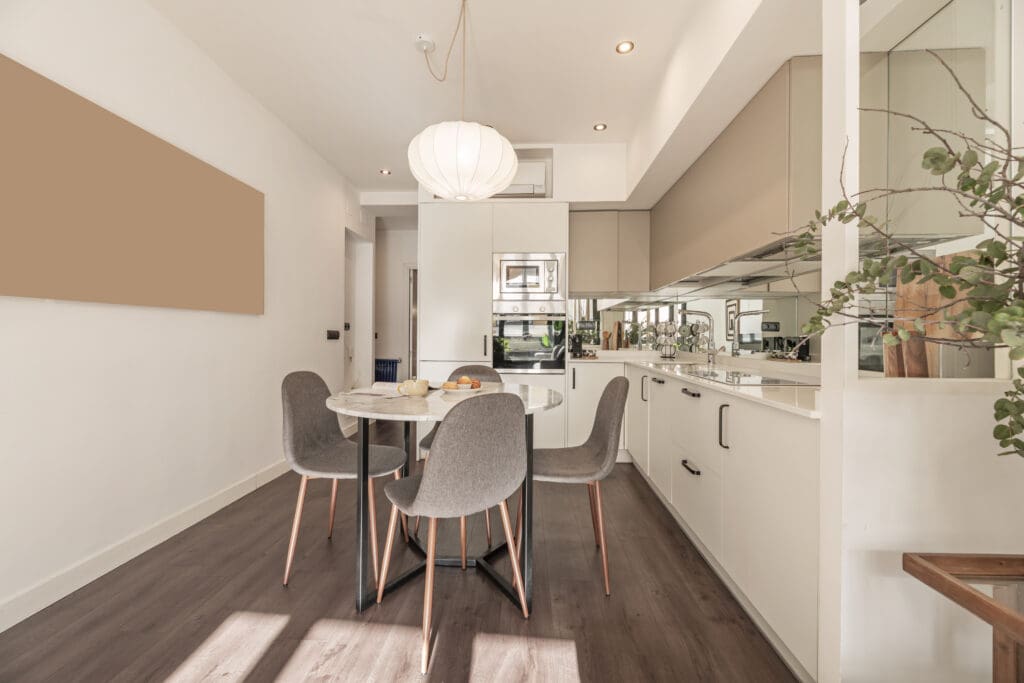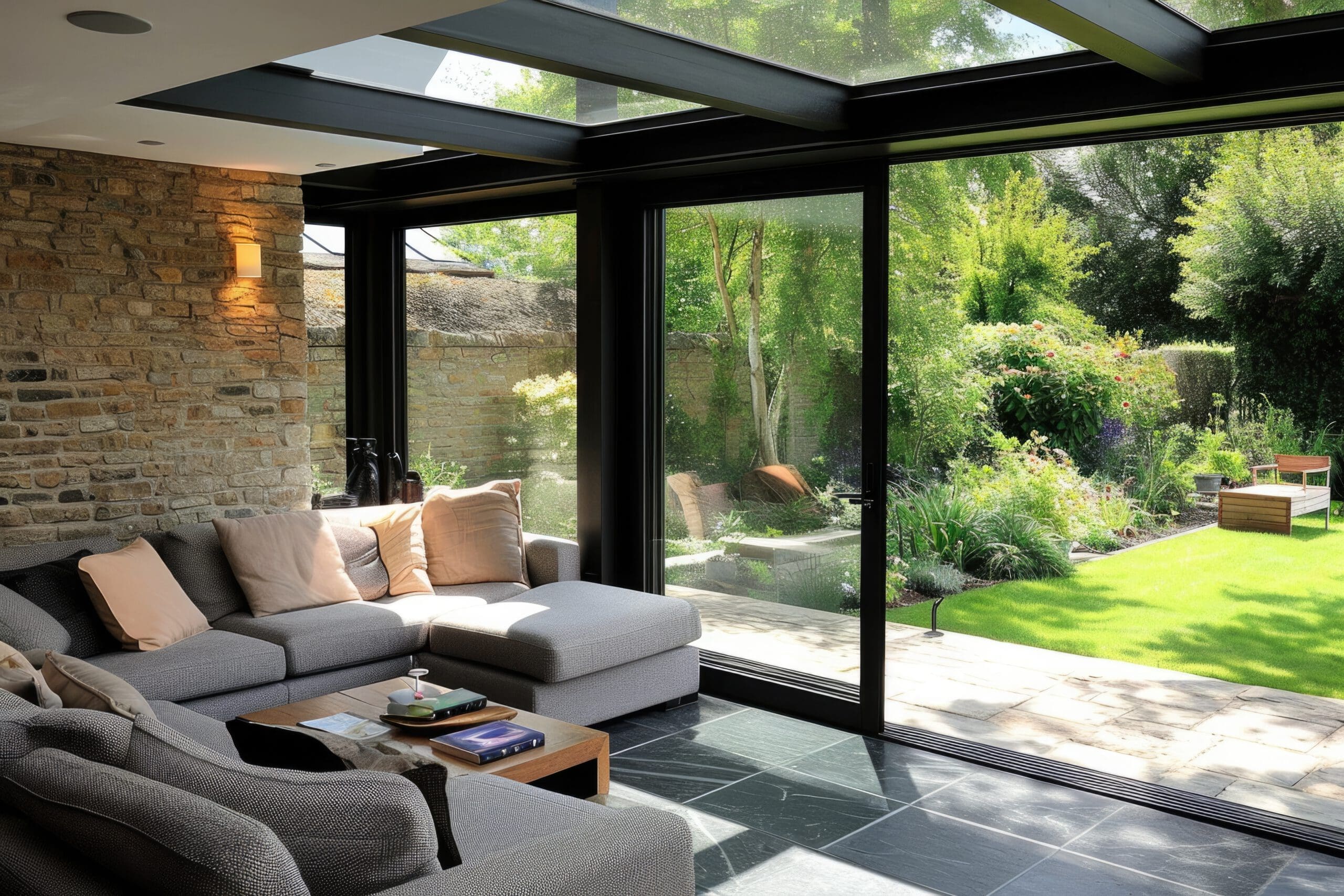
Home Extensions in Worthing
Tailor-made house extensions designed to increase space, improve functionality, and add long-term value to properties in Worthing and the surrounding areas.
Talk To Our Builders Today About Space Creation
Home extensions are popular for clients seeking to increase living space and add value to their property without moving. There are several types, each with unique features and benefits, which our builders at PG Property Repairs & Renovations are happy to discuss with you in further detail.
Our previous space-creating projects include new kitchen installations with utility and bathroom facilities, larger living areas for growing families, custom entertainment areas, guest bedrooms, and bespoke home offices.
Side Return Extensions
Side return extensions use the narrow strip of land along the side of a property, often found in terraced or semi-detached houses. They are typically chosen by Worthing homeowners looking to expand the kitchen, create a new utility space, or add a much-needed home office.
Utilisation of Wasted Space
These extensions transform underused side access routes into valuable living areas.
Improved Layout
They expand cramped kitchens or living spaces, allowing for more functional and stylish layouts.
Cost-Effective
Side extensions are generally more affordable than full-width extensions due to the smaller area involved.
Rear Facing Extensions
These popular upgrades extend your property into the garden or patio area. They can be constructed as single or double storey and typically involve adding new rooms or expanding existing ones, such as kitchens, dining rooms, or living areas.
Improved Flow
They can enhance the flow of the house, creating more open-plan living areas that connect better with outdoor spaces.
Natural Light
Large rear house extensions often incorporate extensive glazing, such as bi-fold doors or skylights, bringing in abundant natural light.
Versatility
Suitable for terraced, semi-detached, and detached property types, rear facing extensions offer considerable flexibility in design and use.
Wraparound Extensions
Wraparound extensions combine side and rear extensions, creating an L-shaped addition that increases the ground floor area. This extension type often involves substantial structural modifications and will require planning permission.
Substantial Space Addition
These home extensions offer the most significant increase in ground-floor space, ideal for creating expansive open-plan living areas.
Design Versatility
They offer our Worthing clients numerous design options, enabling the creation of multifunctional spaces such as combined kitchen-dining-living areas.
Enhanced Natural Light
Large glazing options can be incorporated, flooding the new space with natural light and seamlessly connecting indoor and outdoor areas.
Double Storey Extensions
These house extensions involve adding two new floors to the existing structure, usually at the side or rear of the property. If a second storey is added to an existing extension, foundation reinforcements may be required to support the additional weight.
Maximum Space
Double storey extensions offer the most significant increase in living space, providing multiple new rooms such as bedrooms, bathrooms, or living areas.
Cost-Effective
While initially more expensive, the cost per square metre is lower than single-storey extensions, making them a more economical option in the long run.
Design Flexibility
These extensions provide extensive design possibilities, allowing for more creative and functional layouts.
Understanding Permitted Development for Extensions
Many homeowners in Worthing can build certain home extensions under permitted development rights, meaning you might not need to apply for planning permission. These rights apply to typical house improvements (not flats or listed buildings) and include strict rules regarding size, height, materials, and proximity to boundaries.
Some key permitted development conditions include:
- Single-storey house extensions must not extend more than 3 metres from the rear wall of an attached house (or 4 metres for detached).
- Extensions must not exceed the highest part of the existing roof.
- Side extensions must be no wider than half the width of the original house.
Even under permitted development, building regulations approval is still required. PG Property Repairs & Renovations will always confirm what applies in your specific case and, where necessary, handle planning applications on your behalf for a smooth, stress-free build.


Can I live at home while my extension is being built?
Yes, many homeowners choose to stay in their homes during the construction. However, be prepared for some disruption (we’ll do our best to keep it to a minimum!)
How long does it take to complete an extension?
The timeline depends on the extension’s size and complexity. However, you can expect a single-storey extension to be completed within 12 weeks (approximately 16 weeks for larger extensions). Factors like planning approvals and weather conditions can also affect the schedule.
What should I consider when budgeting for a house extension?
Consider all costs, including design fees, planning applications, construction, materials, and finishes. It’s also wise to include a contingency fund for unexpected expenses or changes in design.
Which Will You Choose?
In some cases, the options will depend on the current design of your Worthing home. Of course, choosing the best layout for your growing family, lifestyle changes, and budget is also essential. Our builders at PG Property Repairs & Renovations are in their element regarding home extensions, as we’ve been designing and building them for many years.
We look forward to designing and building yours. Call 01903 215111 or 07917 737649 and let’s get building!